Student & Postdoc Council
Welcome to the Center for RNA Biomedicine Student and Postdoc Council!
We want to build a collaborative, diverse, and energized council that reflects the breadth and excitement of RNA research at the U-M. Whether you are a first-year grad student, a seasoned postdoc, or anywhere in between, your perspective is valuable and we invite you to join!
As one of the cornerstones of the council, we are re-imagining the RNA Innovation Seminar Series — and you’ll be at the center of it! This year, instead of hosting external speakers, the seminar series will focus exclusively on presentations by trainees like you — junior scientists emerging as the next leaders in RNA research at the U-M. As a council member, you will lead the organization of these seminars, spotlighting scientific discoveries by your peers and yourself. This is a unique, high-visibility leadership platform through presentation of your work and that of others to a distinguished audience of faculty and peers in the field.
Why commit to the council?
- Skill Development: Build leadership, public speaking, and event organization skills sought after in academia and industry alike.
- Community: Foster meaningful connections across disciplines with fellow students, postdocs, faculty, and research leaders.
- Visibility: Showcase your scientific work and that of your colleagues to key figures in the RNA field.
- Impact: Help shape major Center events, including playing an instrumental role in organizing the annual RNA Symposium (March 6–7, 2026).
- Minimal Commitment: Just ~2 hours/month: one one-hour meeting and an hour of follow-up — flexible and manageable for busy schedules.
- Fun Opportunities: participate in film screenings with panel discussions with experts in RNA science and medicine; rally students for events, and help make the RNA community dynamic and welcoming.
For more information and to join the council, e-mail Paul Avedisian at paulave@umich.edu.
Let’s advance RNA science together—and develop ourselves along the way!
Meet the 2024 – 2025 Center for RNA Biomedicine Student and Postdoc Council:
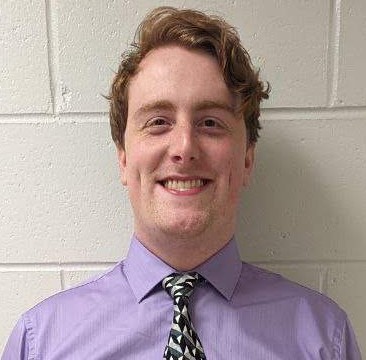
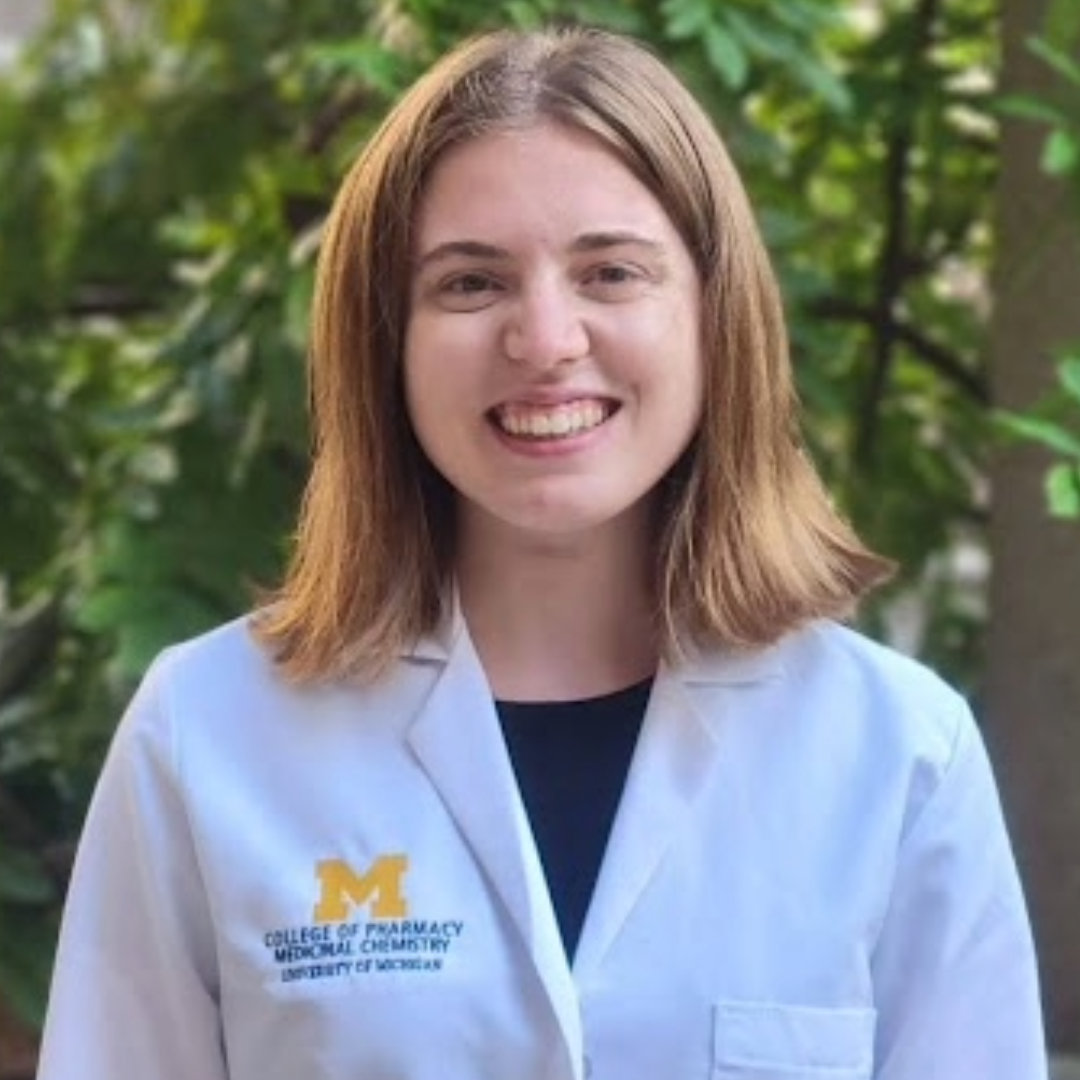

Daniel Corey
Postdoctoral Researcher
Markos Koutmos Lab
Dan is a Postdoc in Markos Koutmos’ lab studying how mitochondrial tRNA processing drives disease progression through study of protein/tRNA structure using cryo-EM.
He previously worked for Dr. Charlie Fehl at Wayne State University studying how the sugar modifications impact transcription factor biology. In his spare time he enjoys music, video games, and playing with his three cats.
Kate Desrochers
Ph.D. Student
Kristin Koutmou Lab
Kate is a PhD student in Kristin Koutmou’s lab from the Program in Chemical Biology. She studies Premature Termination Codon in Cystic Fibrosis and the therapeutic potential of suppressor tRNAs. She graduated from St. Olaf College in Northfield, MN. In her free time, she likes to go on hikes, try new recipes, and do paint by numbers.
Neha Karekar
Suada Leskaj
Ph.D. Student
Jay Brito Querido Lab
I study how the human eIF4F protein complex orchestrates translation initiation through its interactions with mRNA. Using biochemical and structural approaches, I aim to solve the molecular architecture of the eIF4F complex bound to mRNA. The structure of this essential translation initiation complex will shed light on fundamental mechanisms that regulate gene expression at the translation level.
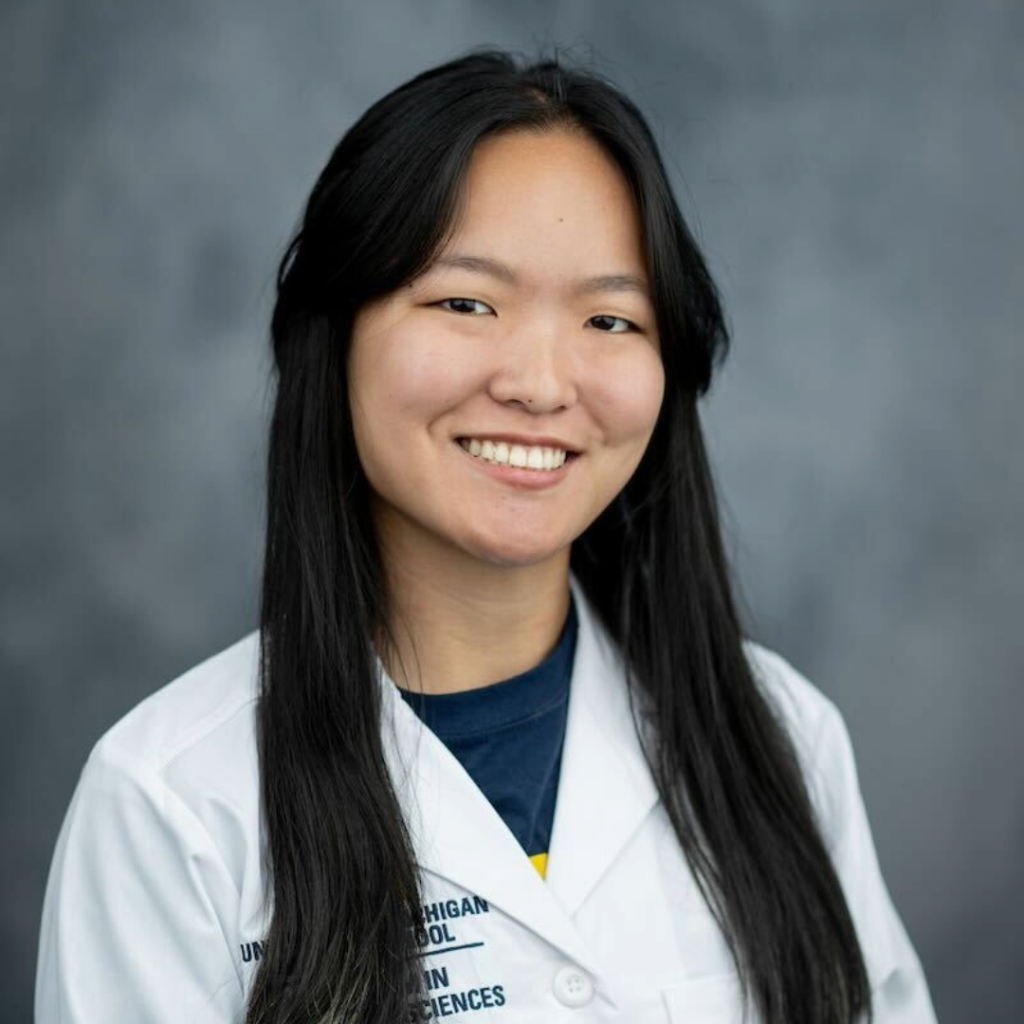
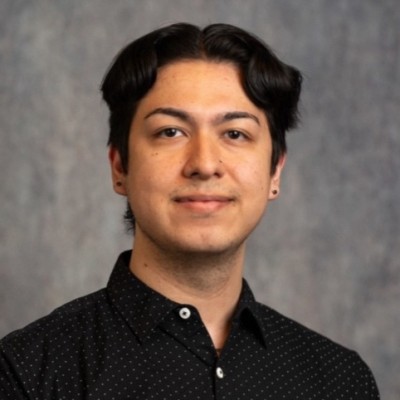
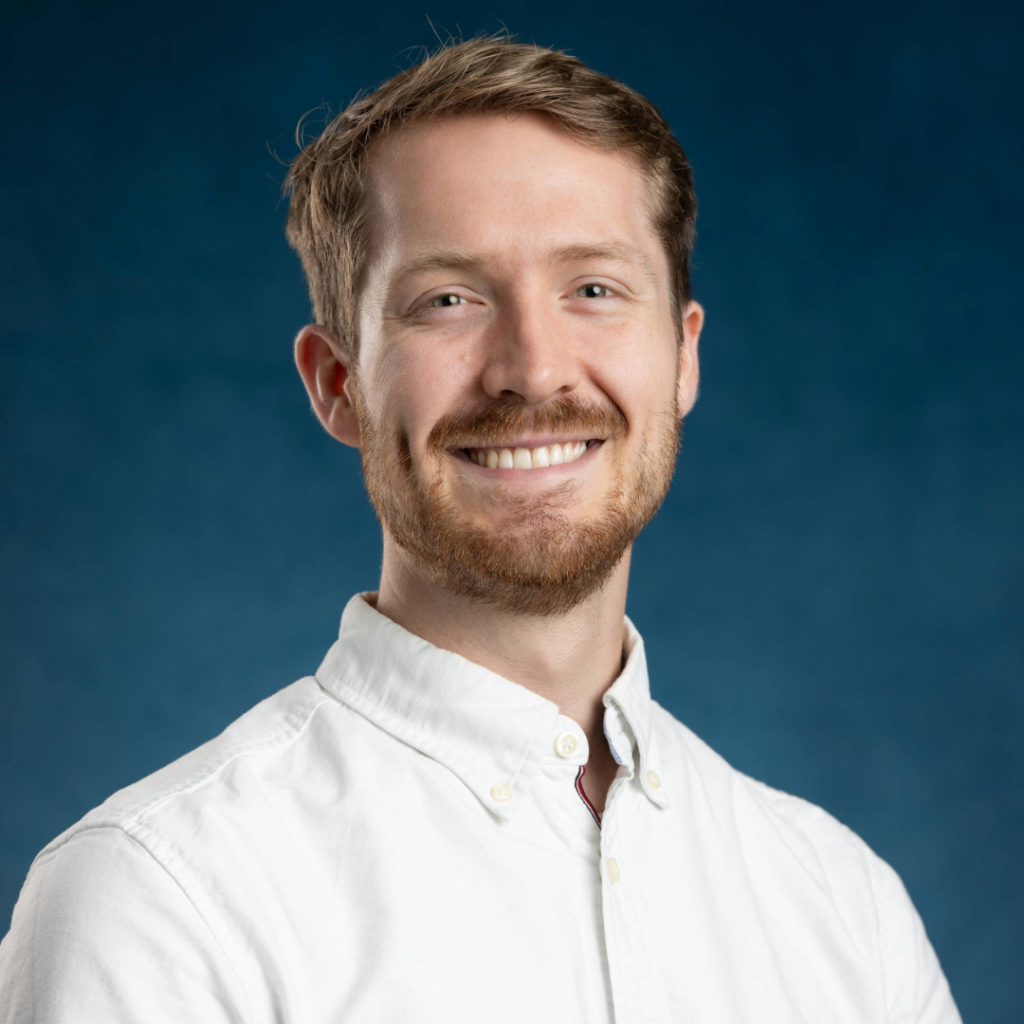
Megan Medina
Ph.D. Student
Markos Koutmos Lab
Megan is a 3rd year PhD Student in the PIBS Biological Chemistry Program. She is mentored by Markos Koutmos in the Chemistry Department where her research focuses on understanding the mechanism of human tRNA-modifying enzymes in the context of cancer cell proliferation. In her undergraduate studies, she was advised by Dr. Hong Li at Florida State University during which she characterized CRISPR enzymes using biochemical and biophysical techniques. Outside of the lab, Megan enjoys playing guitar and creative writing!
Rajat Mudgal
Rodolfo Murguia
Ph.D. Student
Jay Brito Querido Lab
Rodolfo is a graduate student in the Brito Querido Lab
where he investigates mechanisms of non-canonical
translation initiation in health and disease.
He previously worked for Dr. Daniel Dominguez at
the University of North Carolina at Chapel Hill
characterizing a cancer-associated mutation in the
RNA-binding protein PCBP1. In his free time, he
enjoys playing video games, re-watching his
favorite TV shows, and keeping up with current politics.
Mason Myers
Ph.D. Student
Yan Zhang Lab
Mason is a 5th-year phDR student in Dr. Yan Zhang’s lab, studying the mechanisms of multi-subunit CRISPR/Cas phage defense and engineering them into new precision gene editing tools. He previously earned a B.S. in Chemistry from Ohio University (not OSU!) and conducted research on riboswitch RNA-ligand drug discovery with Dr. Jennifer Hines. Outside the lab, he enjoys soccer, tabletop RPGs, and grabbing a coffee any time of day.
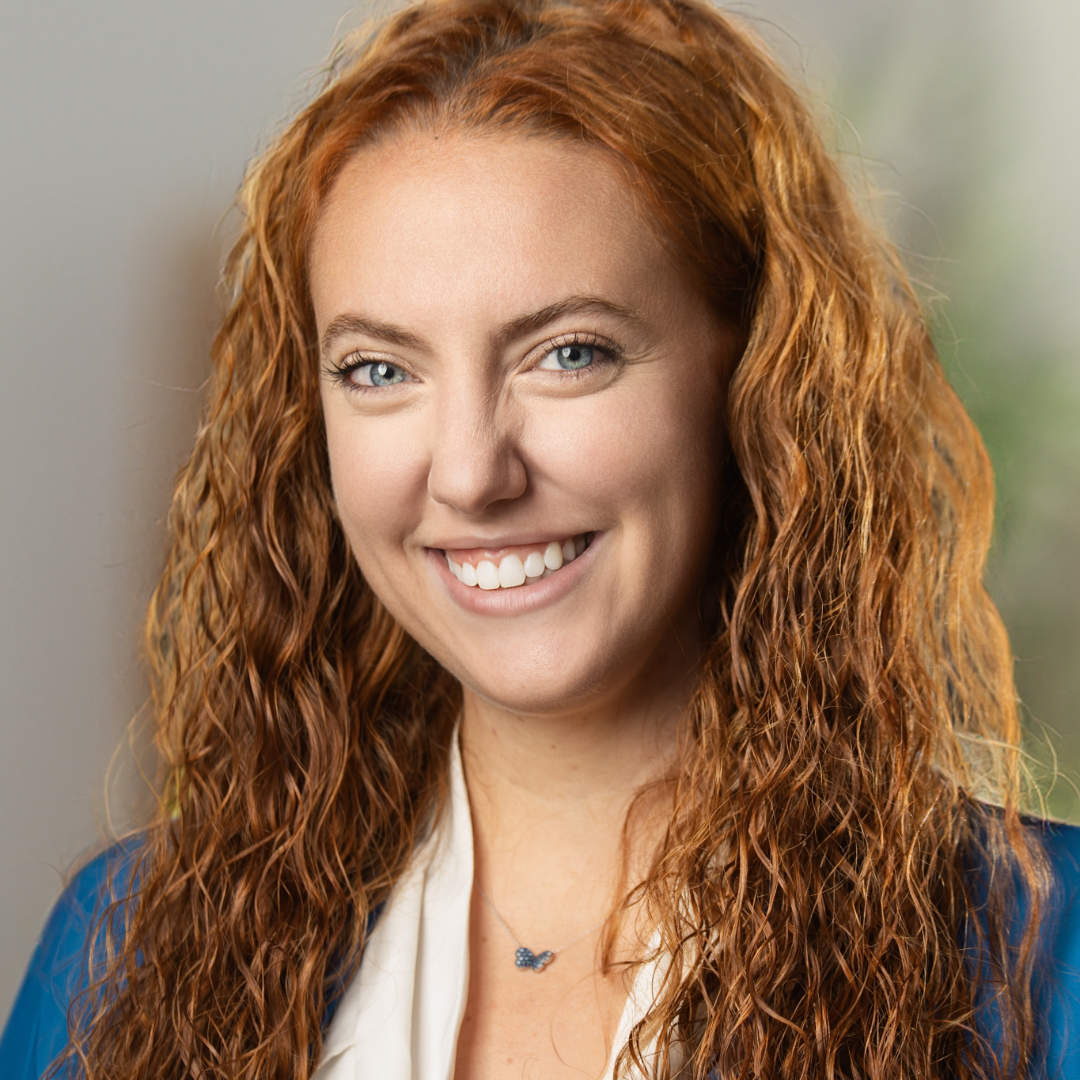
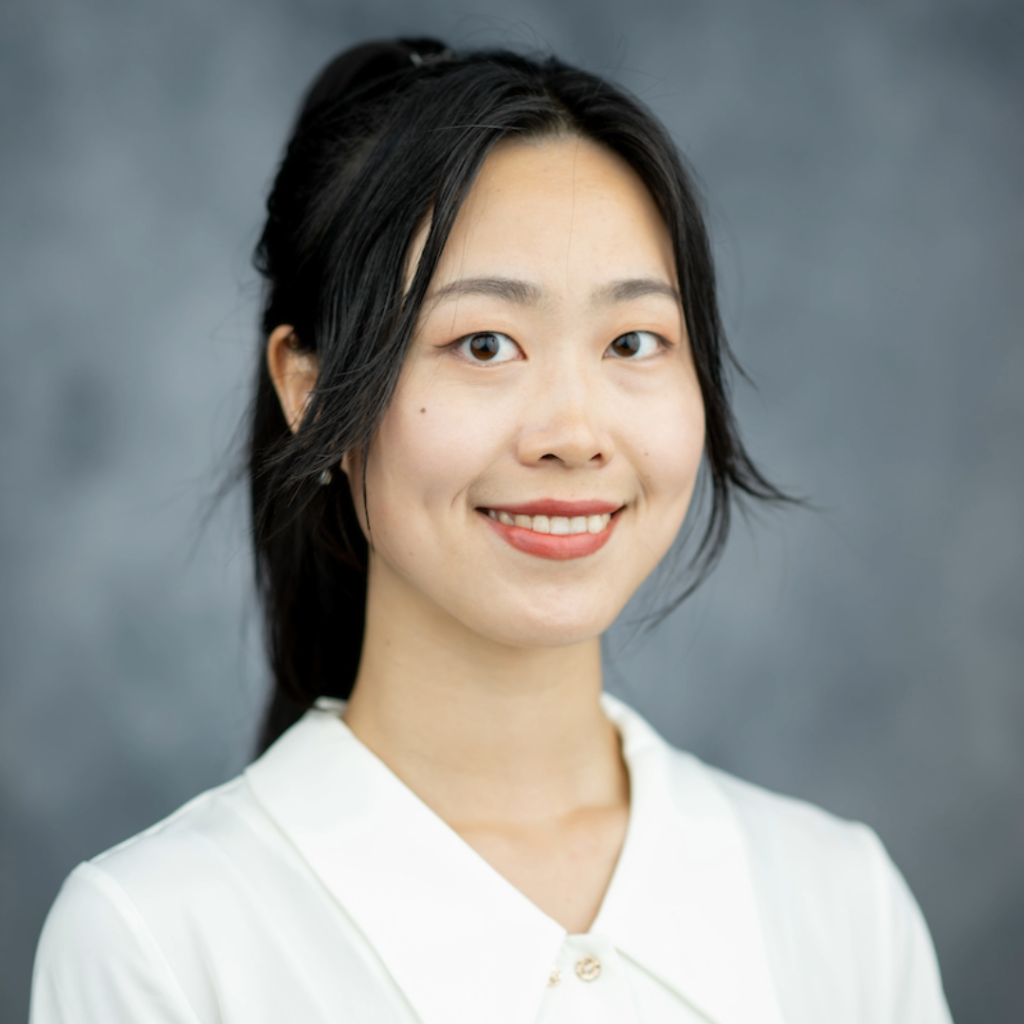
Angelica Previero
Ph.D. Student
Csankovszki Lab
Angelica is a PhD candidate in the Csankovszki laboratory, in the department of Molecular, Cellular, and Developmental Biology, from Como, Italy. She studies polyploidy, and in particular how polyploidy affects gene expression in different tissues. Outside of the lab, she is currently having the great honor, privilege, and responsibility of serving as the President of the Rackham Student Government.
Minli Ruan
Ph.D. Student
Kristin Koutmou Lab
As a PhD candidate in biological chemistry at the University of Michigan, I am passionate about understanding the molecular mechanisms that govern RNA biology and its impact on cell fitness. My research focuses on identifying the effect of pseudouridine synthase 7 (PUS7) localization on RNA substrate selection, translation, and cell fitness. I have developed expertise in RNA biology and nanopore sequencing, which are essential tools for my research. I am also an American Heart Association Predoctoral Fellow, where I apply my skills to investigate the role of PUS7 in cardiovascular diseases. I am driven by the potential of my research to contribute to the development of novel therapeutic strategies for various diseases.
